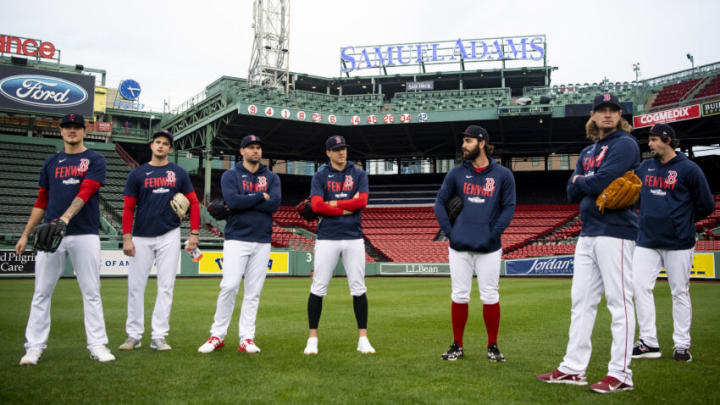
Red Sox relief pitcher: Hansel Robles
Hansel Robles is not so much a pitcher as an experience. The eccentric right-hander is equally likely to strike out the side as he is to walk the bases loaded, and he does both with visible flair and emotion. He points to the sky when he allows 450-foot bombs and mixes in quick pitches when he feels hitters are getting too comfortable. All the quirkiness distracts from the fact that Robles is a talented but inconsistent reliever who has overall been around league average over the course of his seven-year career.
2021 epitomized the rollercoaster nature of Robles’s career. He began the season as the Twins’ part-time closer and was effective despite the team’s demise. Then July rolled around, and a 9.64 monthly ERA got him shipped to Boston for the stretch run. The early results (7.30 August ERA) were more of the same, but 12 2/3 scoreless innings in September helped propel the Red Sox into the postseason and earned him a spot on the playoff roster as one of Alex Cora’s most trusted weapons.
The final loop in Robles’ rollercoaster of a season was a disastrous playoff run in which he allowed key home runs to Wander Franco and Carlos Correa, both of which, of course, he pointed to the sky.
At this point, Robles is who he is. He throws moderately hard. His changeup and slider are fairly effective. His control comes and goes, and he is prone to the gopher ball. The profile is much more boring than the man itself, and it points to a pitcher who has a spot in a big-league bullpen but would be misplaced in the late innings.
Stat Predictions: 4.36 ERA, 4.8 BB/9, 9.7 K/9
